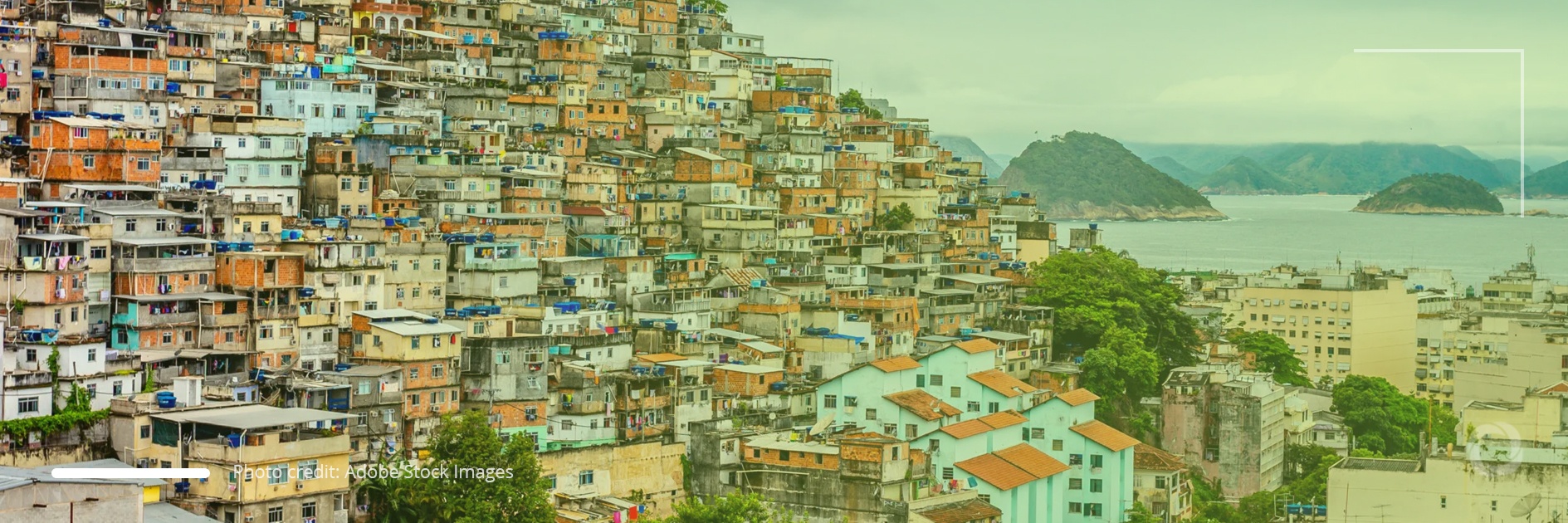Latin America and the Caribbean (LAC) will be the slowest growing region in the world this year according to forecasts by the International Monetary Fund (IMF). The predicted economic turmoil is expected to be generated mainly by a lack of foreign investments as political instability deters potential investors. LAC may also experience high inflation and a slow recovery from the current low employment levels.
The IMF estimates that LAC will grow by only 3% this year which means it will be the slowest growing region globally. According to the same assessment, the U.S. economy will grow by 5.2% in 2022, China by 5.6%, Europe by 4.3%, the Middle East and Central Asia by 4% each, and sub-Saharan Africa by 3.8%.
Forecasts by the UN agency, the Economic Commission for Latin America and the Caribbean (ECLAC), are even less optimistic and predict growth of only 2.1% for the region. The expected economic slowdown comes after the 6.2% average growth that the region registered in 2021.
According to ECLAC, the highest growth will be recorded by the Caribbean (6.1% excluding Guyana) followed by Central America (4.5%) and South America (1.4%). The graph below shows the predicted growth of each LAC country in 2022.
Causes of economic slowdown
While in 2021 consumption was the key driver of growth, in 2022 LAC expects to experience low levels of investment, low job generation, and high inflation in some countries in the region. Other risks are higher interest rates due to the measures taken by developed countries to curb inflation, the risk of depreciation in the exchange rate, and a possible weakening of sovereign credit ratings.
“The expected slowdown in the region in 2022, combined with the problems of low investment and productivity, poverty and inequality, calls for growth and employment creation to be the central elements of public policymaking while at the same time addressing inflationary pressures,” Alicia Bárcena, ECLAC’s executive director, stated.
Causes of low investment levels
Low levels of investments are caused by political instability amongst other factors while better governance could make LAC one of the fastest-growing regions globally. For instance, the US would prefer to reduce the amount of supplies it sources from China and rely more on LAC as the labor costs there are similar to those in China while transportation time is much shorter. According to the Inter-American Development Bank, if the US replaced 10% of the supplies it imports from China with imports from LAC, the region would earn US$70 billion every year.
Unfortunately, potential investors are deterred by the populist policies promoted in many countries of the region, highly unstable political situations, and economic mismanagement. In turn, the lack of investments does not allow LAC to effectively reduce poverty and provide work for youths which could also bring growth to LAC economies.

